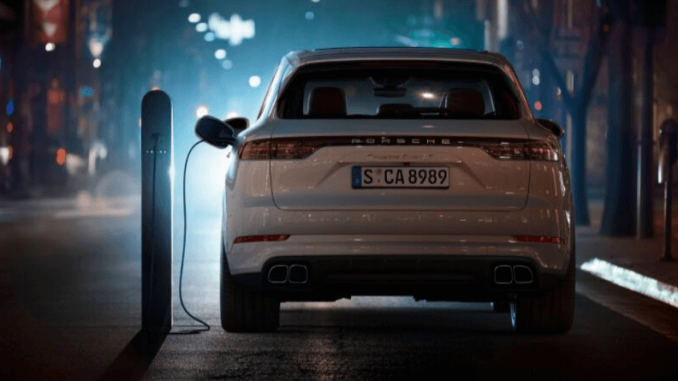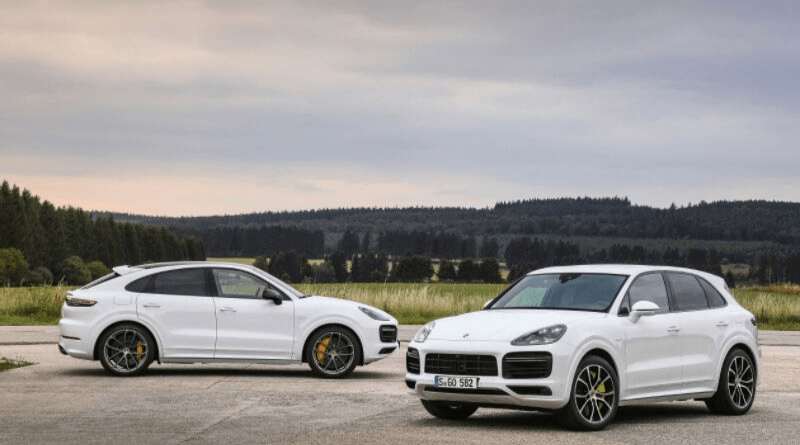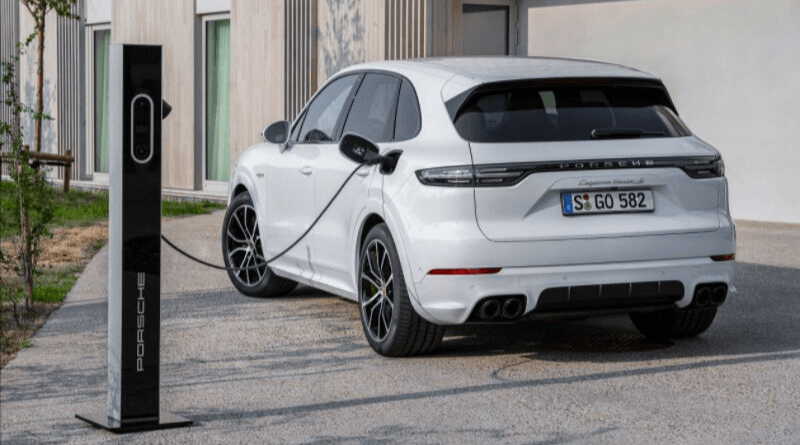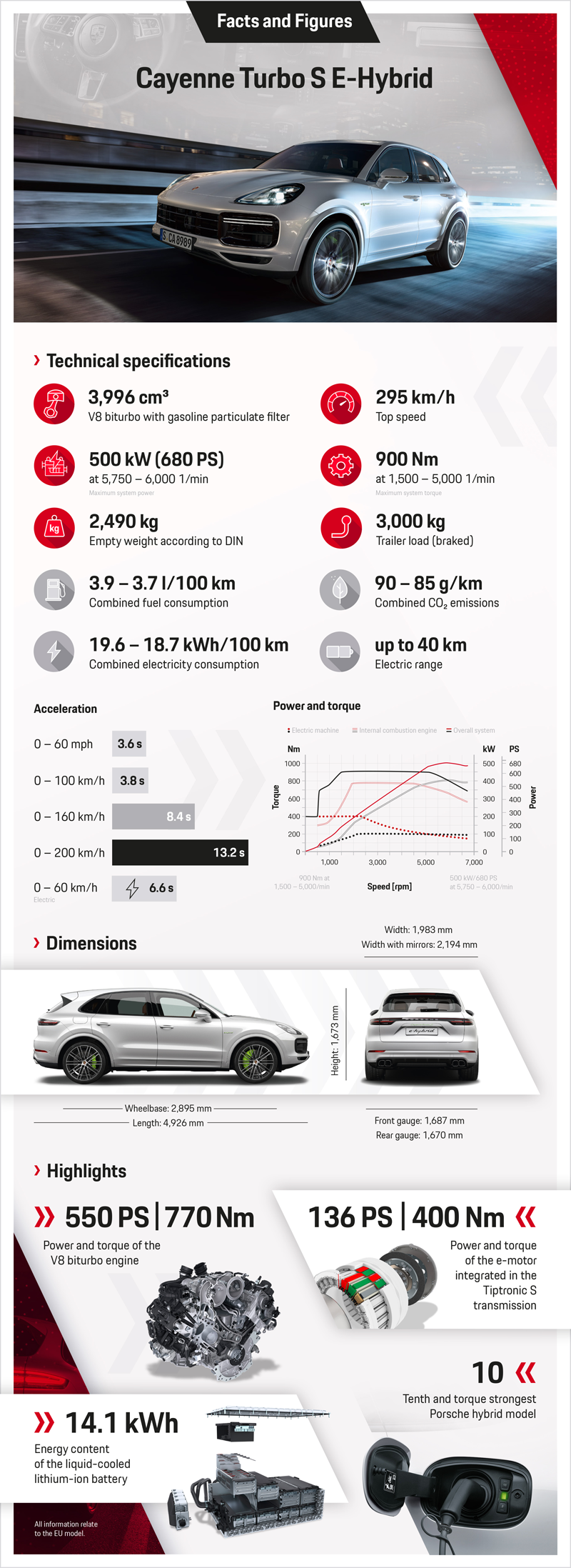
Porsche continues to consistently focus on e-mobility, with the Cayenne range following the Panamera series in now featuring a plug-in hybrid as its new flagship model. The Cayenne Turbo S E-Hybrid and the Cayenne Turbo S E-Hybrid Coupé draw their system output of 500kW from a 4.0-litre V8 engine (producing 404kW) and an electric motor integrated into the eight-speed Tiptronic S transmission (100kW).
The maximum system torque of 900Nm is available from just above idle. Both models accelerate from a standing start to 100km/h in 3.8 seconds and reach a top speed of 295km/h. This performance is matched by a high level of efficiency: The Cayenne Turbo S E-Hybrid and Turbo S E-Hybrid Coupé can drive for up to 40km with zero local emissions. The average NEDC consumption is 3.9–3.7 L/100km (fuel) and 19.6–18.7 kWh/100km (electric).
In addition to the two top models, the hybrid range from Porsche now includes the new Cayenne E-Hybrid Coupé with system power of 340kW, torque of 700Nm, and electric range of up to 43km. The Cayenne E-Hybrid, which now features a gasoline particulate filter, is available to order again.

Speeds of up to 135 km/h with just electric power
Like all Porsche plug-in hybrids, the new top-of-the-range model in the Cayenne family is also one of the sportiest vehicles in the premium segment – not in spite of its hybrid powertrain but because of it. In the Cayenne Turbo S E-Hybrid models, the electric motor is located between the V8 engine and the eight-speed Tiptronic S transmission.
The two motors are interconnected via a separating clutch inside the hybrid module, referred to as the Electric Clutch Actuator (ECA). In E-Power driving mode, the electric motor can, on its own, propel the vehicle up to a maximum speed of 135km/h. It can also be used in the other modes for an additional power boost. These modes can be selected via the standard Sport Chrono Package (Hybrid Auto, Sport and Sport Plus). Porsche has taken this boost strategy from the 918 Spyder super sports car.
The lithium-ion battery is installed underneath the load space floor and has a capacity of 14.1kWh. The high-voltage battery can be fully charged within 2.4 hours with the standard 7.2kW on-board AC charger when using a 400-volt connection with a 16-amp fuse. The charging process takes six hours from a conventional domestic socket with a rating of 230 volts and 10 amps. Charging can also be scheduled via Porsche Communication Management (PCM) or the Porsche Connect app (for smartphones and Apple® Watch).
Read: Porsche celebrates 20 years of 911 GT3

Cayenne Coupé as a V6 and V8 hybrid
With the Cayenne Coupé, Porsche has added an even sportier variant to its successful SUV line-up. Highlights of the coupé include sharper lines with a unique roof and rear section, an adaptive rear spoiler, a rear seat bench with the characteristics of two individual seats, and two different roof designs: a panoramic fixed glass roof as standard and an optional carbon roof.
Like the SUV, the SUV coupé is now available in two different hybrid versions: in combination with the 4.0-litre V8 bi-turbo engine and with a 3.0-litre V6 turbo engine. The new Cayenne E-Hybrid Coupé has a system output of 340kW and a system torque of 700Nm. In conjunction with the standard Sport Chrono Package, it sprints from a standing start to 100km/h in 5.1 seconds (5.0 seconds with the lightweight sports packages) and has a top speed of 253km/h.
The average consumption according to the New European Driving Cycle (NEDC) is 3.2–3.1 L/100km (fuel) and 18.7 – 17.7 kWh/100km (electric). The purely electric range is up to 43km.
Read: New Carrera models join Porsche 911 range

